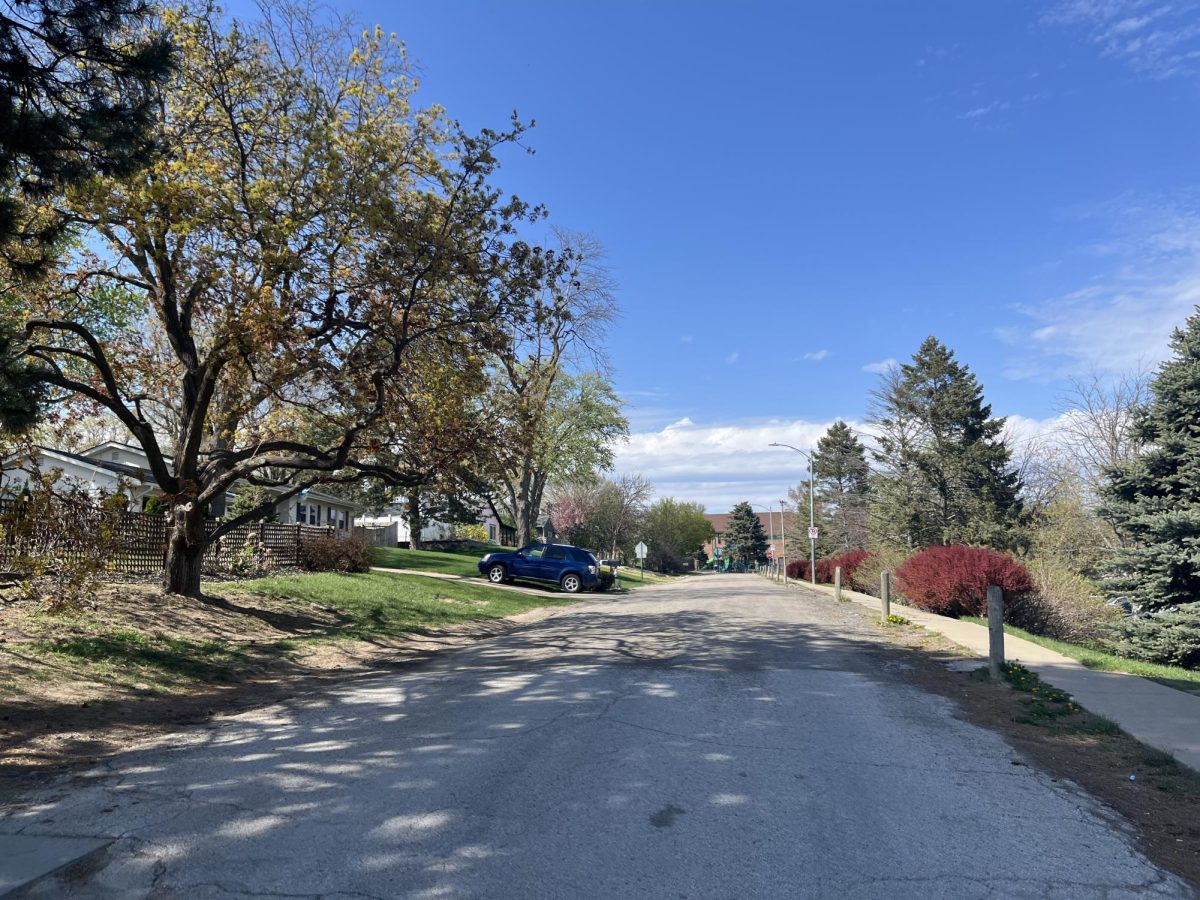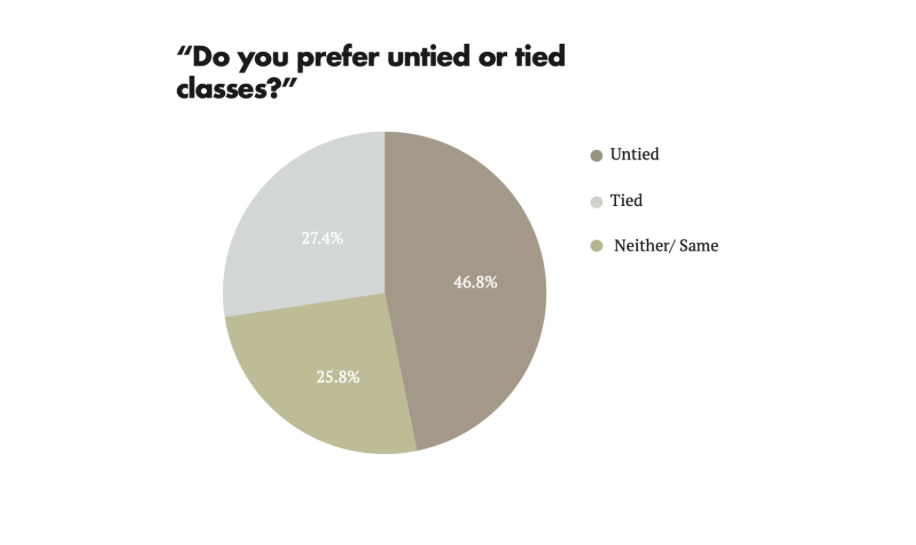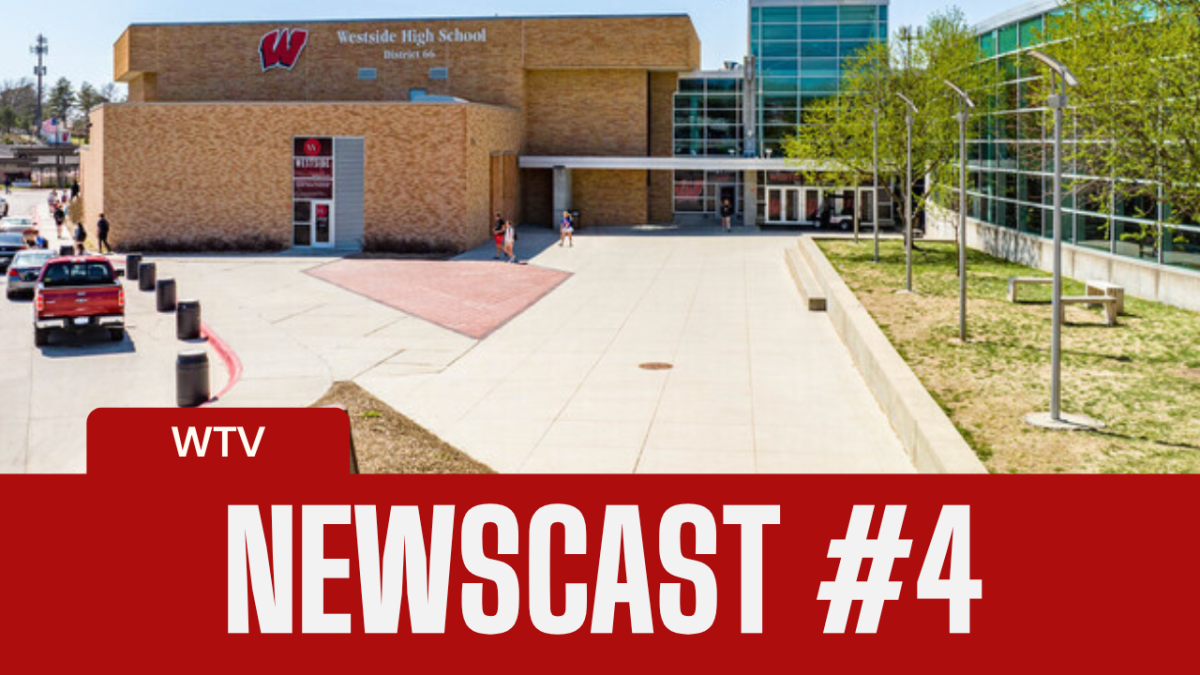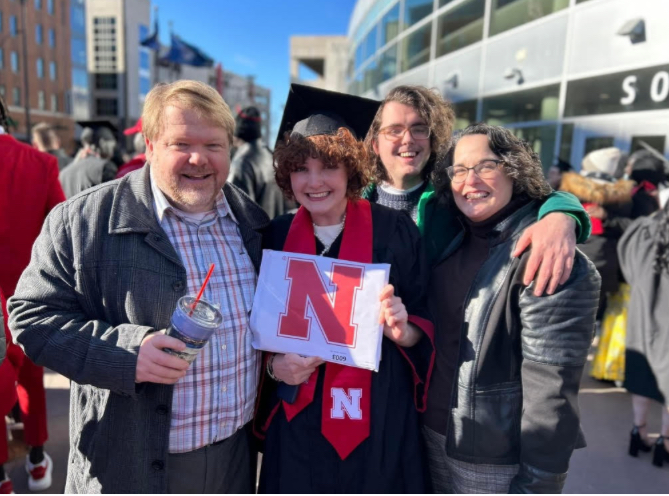If you have ever driven on the side streets of Countryside Village, you have driven over some pretty atrocious potholes and you have officially driven on substandard roads. Todd Pfitzer is the Douglas County Engineer and former Omaha City Engineer, responsible for all maintenance, snow plowing and inspections for county roads. As the former Omaha City Engineer, he has a vast knowledge of roads in and around Omaha. He explains how some roads in the city remain substandard..
“Well, the substandard roads were never paid for in the first place,” Pfitzer said. “If you move into a neighborhood that only has four inch asphalt streets, no sidewalks, no curb and gutter, no storm sewer, none of those things when you buy a house with substandard streets. It is not realistic to expect the city to then come in and rebuild those streets to a standard you never paid for to begin with.”
A big issue today with getting substandard roads to standard is the cost that it would take private homeowners to put up.
“In essence, to build a concrete street today costs somewhere in the neighborhood of a million and a half dollars per lane mile,”Pfitzer said. “So, you know, you just have to measure the cost per homeowner. Those are some big lots back [by 87th and Shamrock Road]. You know, it’s probably going to cost $100,000 per home, and the current policy is that the city would pay for half.”
Another issue that affects many of the roads within Omaha roads is the concrete formula that has been used over the years.
“We’ve had trouble with concrete in the last 20 years,” Pfitzer said. “Our concrete is historically not very good. About three years ago, when I was a city engineer, we hired a consultant to help us develop a better concrete mix.”
The reasons that Omaha has had a poor concrete formula? Fly ash regulations.
“We are forced to include fly ash, which is a byproduct of concrete production, because of environmental rules,” Pfitzer said. “One way of getting rid of it is to put it into the concrete.. Some years you get really pretty good concrete. Other years you get concrete that’s not so good.”
Other reasons for poor road conditions boil down to Omaha’s geographic location.
“Our aggregate, our limestone in this region of the country, is not the best,” Pfitzer said. “We have talked about hauling in aggregate from South Dakota or Missouri, where they have a better, stronger aggregate that would serve better. We have clay soil, which doesn’t drain very well, so that works against concrete longevity and we have very, very extreme temperature conditions here in the midwest. We go from 20-25 below zero to 110-120 degrees with heat indexes and things like that. So every environmental factor and ingredient works against us.”
The solution to this troubling problem?
“We formed a committee a couple years ago with the Nebraska Concrete Paving Association and the City of Omaha and all the manufacturers, producers, even aggregate suppliers, and we think we’ve got a better mix,” Pfitzer said. “This year will be the first year of using it for all roadway jobs since it was implemented.”
Austin Rowser is the current Omaha City Engineer responsible for anything and everything related to transportation, which happens to include roads and traffic, and the regulations to meet set standards. Due to the changes in regulations over the years, he explains that the city uses research at the university level to determine what needs to be changed and by how much.
“Most changes to any material that we use, whether it’s concrete or asphalt or steel or anything else, they’re generally research based changes, and so often the specifications that we have come out of research,” Rowser said. “Someone sees a problem and says, Hey, let’s get some research done on this. Find out what’s causing that problem. How do we mitigate it? How do we come up with better standards that would address those issues in the future?”
Another issue with fly ash? It comes in different types. Some of which are good, and others, not so much.
“There were some environmental regulations in the 70s and 80s that changed the way that fly ash was delivered as an additive to concrete,” Rowser said. “Prior to those regulations, you know, fly ash was generally a good component in concrete. But there was a change that created different types of fly ash, and one of them was good and acceptable to concrete. The other one was not.”
This caused a large portion of older concrete during the 2000s and early 2010s to fall apart quicker.
“There are concretes in Omaha that had the bad fly ash in it,” Rowser said.
This led to fly ash being removed completely in 2000, and this led to a new issue: it was found that removing fly ash would let a reaction in concrete occur, called alkali-silica reaction, or ASR, which essentially is caused by the high silica content in the sands locally used in our concrete aggregate, and it leads to quicker expansion and cracking of concrete when combined with moisture.
“And so what wasn’t realized at the time is that those fly ashes were actually mitigating that reaction in the concrete. They created a buffer to that reaction to where it wouldn’t occur or occurred more slowly than it would normally. And so we’ve got kind of an era of concretes from about 2000 to 2015 that have this ASR reaction occurring in them.”
This led back to square one, and research was done to determine a healthy fix to mitigate ASR, while also using a healthy fly ash.
“Again, going back to research, our research discovered that, you know, we needed something in our concretes to mitigate ASR,” Rowser said.
As far as what streets are paved and in what way, the city has three standard types of pavement that they use.
“One of those is concrete, the other one is concrete with an asphalt overlay, and the third is full depth asphalt, but only at the approval and discretion of the public works director,” Rowser said. “So cost is probably the major factor that with the materials and the soils that we have that are native to concrete, is really kind of the only viable option for new construction. And typically we don’t get asphalt over concrete until that concrete needs some kind of rehabilitation into the life of that material.”
Despite the three types of concrete, most public roads that are new will receive an all concrete pavement, whereas substandard roads are not.
“Our current policy on substandard roads is that we will maintain them as long as it’s serviceable,” Rowser said. “If it’s a substandard material that’s put down in the right of way, we will maintain that to the point where it’s no longer serviceable, and then we would stop maintenance on it, and those benefited property owners would be responsible for any reconstruction of that roadway.”
Essentially, they are serviceable if they can hold a patch, but past that point they are no longer serviceable. At one point, Rowser remembers that they added a patch to 87th and Shamrock.
“If you went back two years later, that patch was still there standing like a toadstool in the middle of a donut shaped hole, because that asphalt was still deteriorating around it,” Rowser said.
With the upkeep and cost of substandard roads, most of which were never paid for by the original subdivisions, the City updated its policy in 2018 regarding these roads.
“We had a committee that established city policy that basically was a change from the past, where that was 100% the responsibility of benefit of property owners, where the city would provide some cost share in the paving of those roads,” Rowser said. “In areas of low income, the city would pay 100% for those if it was a qualifying low income area.”
While the issue of substandard roads and their responsibility has been brought up commonly over the last decade, its history spans almost a century of development.
“The issue stems back to post World War Two development,” Rowser said. “It’s anywhere in the city where we saw development growth after World War Two, which really is kind of a crescent shape around the city, with Westside being kind of in the center of the crescent. But all over South Omaha and North Omaha, there are similar situations where those roads exist. In the Westside area, I can tell you one road in particular where the property owners still have a regular maintenance routine where every three to five years they have a contractor come out and puts a chips seal coat on the roadway, and they continue to upkeep and maintain 93rd Street north of Leavenworth.”
This is one example of where homeowners would previously pay for a chip seal coat on their roads, although many do not pay that cost today.
“A lot of those roads, initially, when the subdivisions were built, weren’t paved at all. They were dirt roads. And in time, property owners decided to put down some kind of paving. I know one of the chip seal contractors that I’ve worked with in the past would put down a chip seal or an armor coat on the roadways, and they would go door to door and collect the money from the neighbors. And they would pay it because they wanted it done and they wanted to pay for it. So there’s a lot of history in those areas that took care of that.
In the late 2000s through early 2010s, if people living on substandard roads caught a street maintenance foreman in the right mood, they would come and patch their roads.
“We got a pretty hard line about that around 2010-2012,” Rowser said. “There was less participation from neighbors and less willingness to pay for their paving. That’s kind of what led to the 2018 policy.”
If you have thoughts on the road maintenance in Omaha, there is a process you can follow to get involved.
“As far as getting the public involved and getting their thoughts on road work, we do have a process,” Rowser said. “We have a capital improvement plan that we’re required to have, and that shows the taxpayers what they vote on when they vote for the bonds. So we’ve got capacity improvements that we make to roadways. That’s where growth has increased to the point where there’s a capacity issue with the street, and we’d add capacity to it. Those are your typical arterial widening projects. There’s a planning document that maps out which sections of roadway and Omaha need to be widened for capacity improvements. So when we go through our capital improvement plan, we look at what our funds available are, and we look at those capacity projects, and we figure out which ones we can put into the program, which ones are the greatest need based on traffic counts currently, and that goes into our capital improvement plan. The capital improvement plan is adopted by the city council, so there’s a public process involved with that, where people can look at a draft of that, they can comment at the City Council and give their opinions in a public forum for preservation projects. We program preservation projects based on the condition of the roadway. So if a road is at a point where you know it’s starting to receive large patches, we’re looking at a preservation project where we either surface it, or it’s concrete, we do panel repair on it.”















